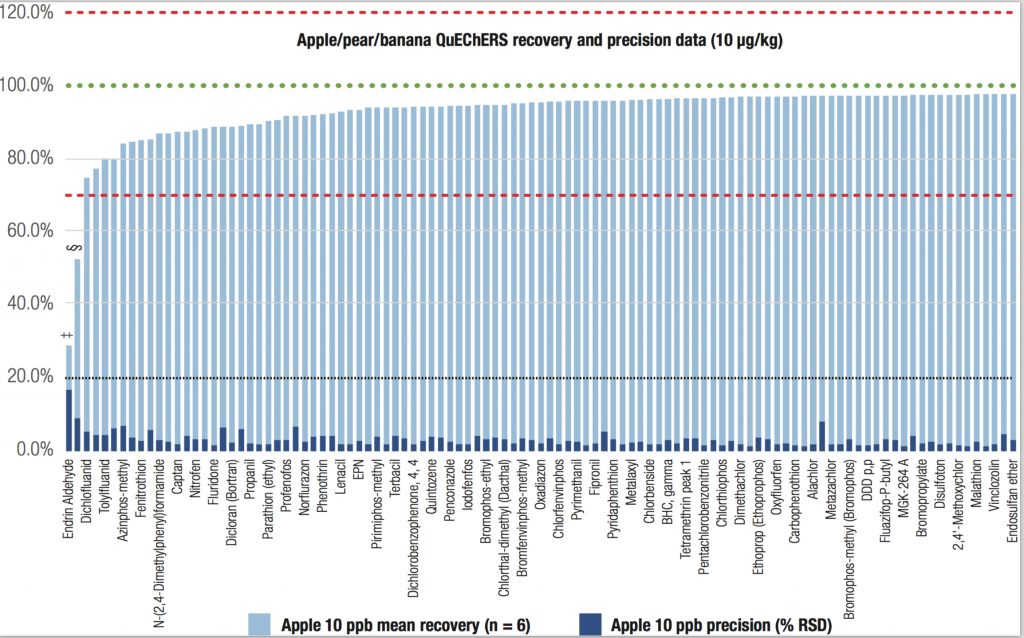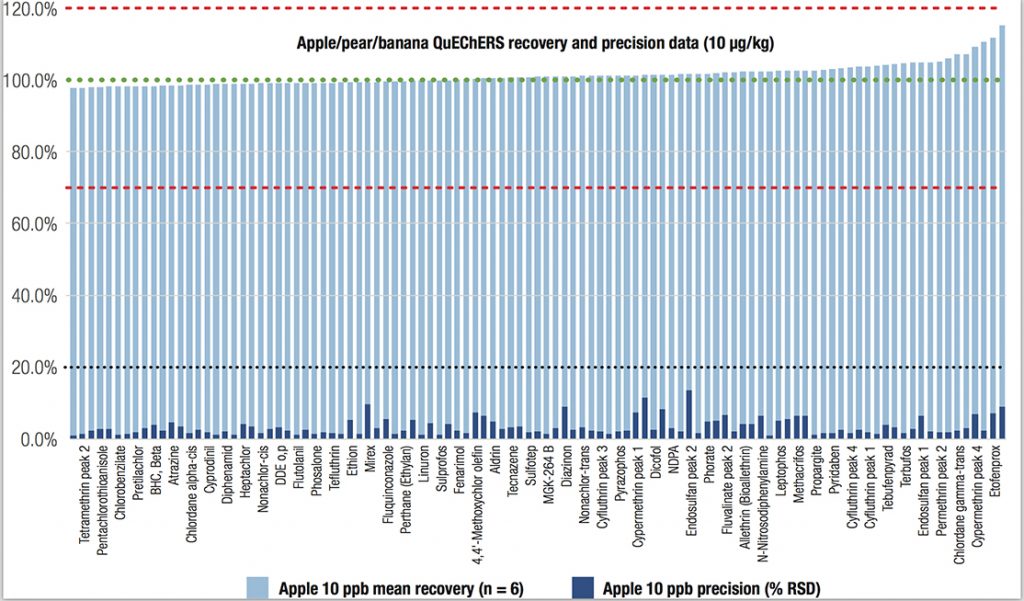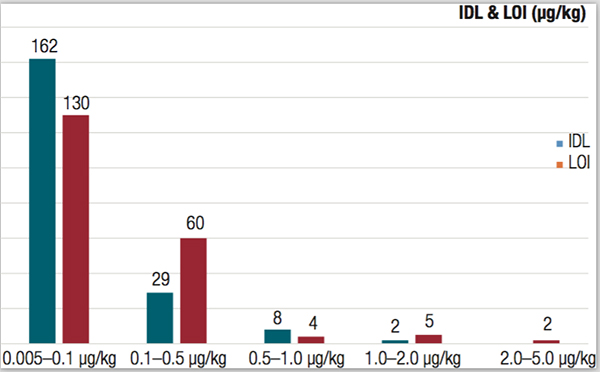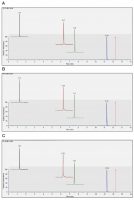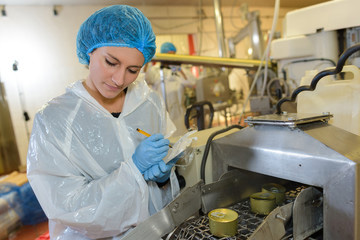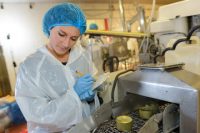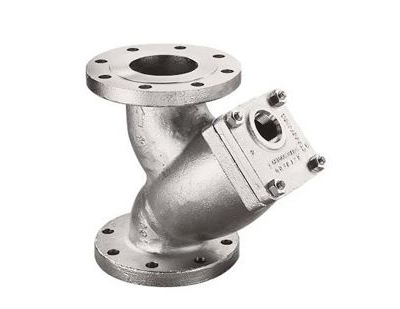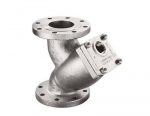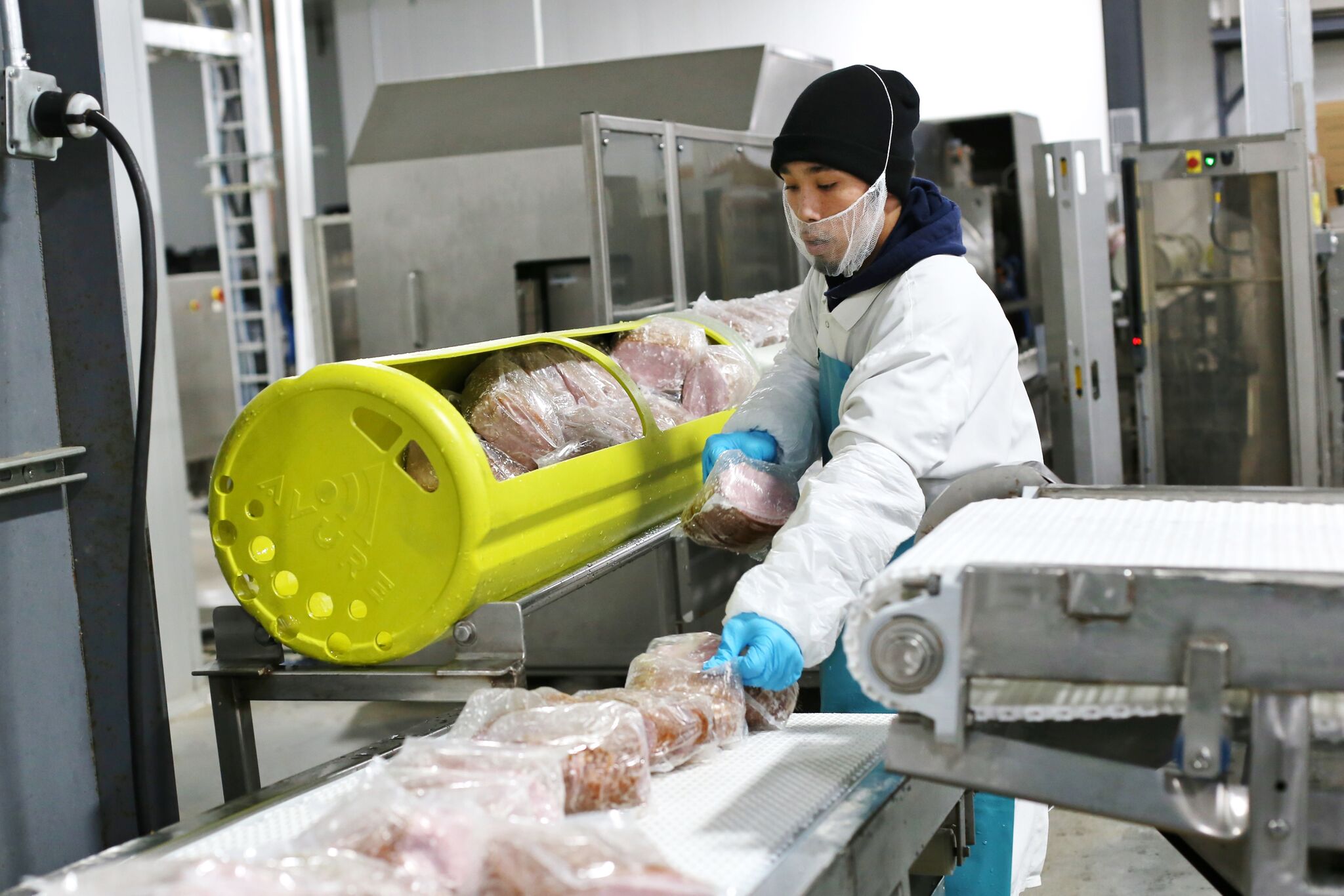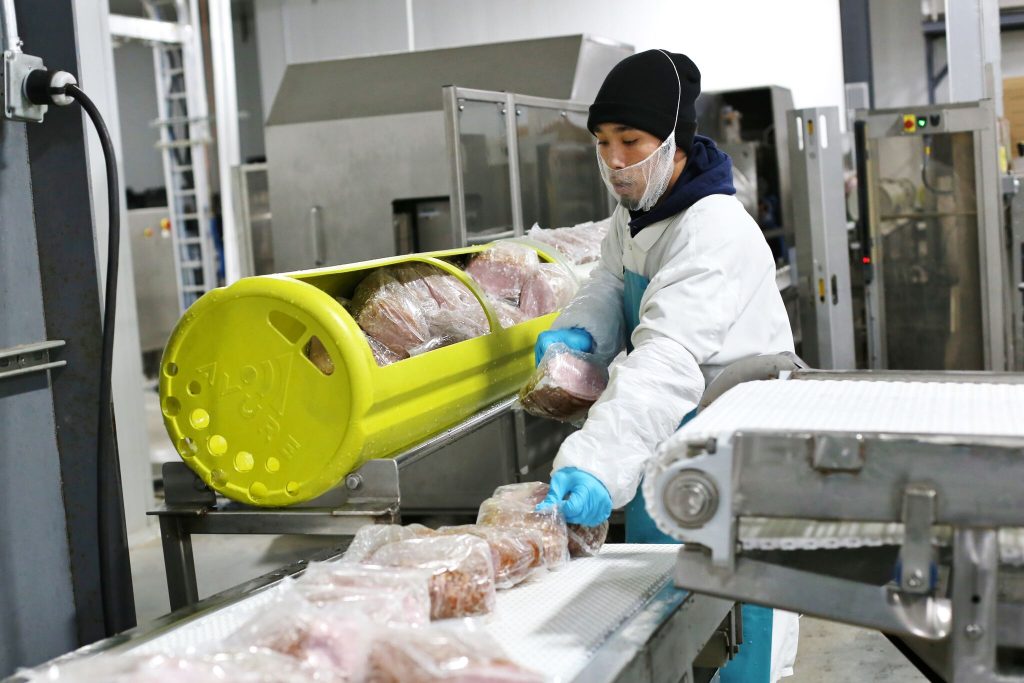Related to training requirements, GFSI approved CPOs and the ISO standards place a strong emphasis on the evaluation of qualifications, competency, and the effectiveness of training. It is critical to make sure that today’s associates are aware of the importance of their actions and how they contribute to the overall achievement of measurable food safety, quality and system objectives. Records that document training results, both positive and negative, must be maintained. Although follow-up and documentation take time, the overall positive impact on the business and success of the organization is well worth the extra effort.
It is important that each associate understands the role that he or she plays in his or her company’s success. Individual roles are established by upper management and communicated to the staff. It requires the cooperation and communication of all operational levels to result in an effective and value-added management system. If the necessary lines of communication are developed and a proper work environment is established, then the results should be the production of a safe product with product conformity and all the records to prove it.
Necessary provisions of a successful management system include: Applicable job assignments for personnel and identifying all training needs while providing the appropriate training. It is critical that management apply the proactive approach to training, rather than being reactive after something goes wrong. Without a structured, proactive, effective program established to communicate and educate employees, the organization will be putting its products at risk. Products will be at a food safety risk, as well as, pose a risk to basic business success.
When defining the necessary competencies, management must consider how each position affects the processes and the system overall. Written, well-defined job requirements are necessary to identify competencies and qualifications. Job requirements should at least define the following aspects:
- Criteria for each area of responsibility as it affects the management system and the needs of the organization
- Criteria based on related documentation (procedures and work instructions)
- New hire orientation training
- Requirements for the compliant management system
- Specific training needs
- Records necessary to demonstrate conformance with training and education requirements
- Competency of associates to be evaluated, recorded, effective, and defined in a manner that is appropriate for the organization.
The training, competence and awareness program must focus on educating the associates. “Education” is a critical term that communicates sharing the knowledge and explains reasons why an activity must be done in the manner presented. Training is communicating the required actions and showing how these actions are important.
“Education” is the act or process of imparting or acquiring general knowledge, developing the powers of reasoning and judgment; the act or process of imparting or acquiring specific knowledge or skills.
“Training” is to develop or form the habits, thoughts, or behavior of by discipline and instruction and to make proficient by instruction and practice, as in some art, profession, or work.
A favorite example when comparing these two terms is how Pavlov’s dog was trained to respond to the ringing bell for food, but education is understanding that it is necessary to perform an action in a specific manner.
The training program must be developed and presented in a manner that effectively educates associates. Each associate, at a minimum, should have an overview of the compliance requirements of the management system and how he or she impacts the goals of the organization.
Training Within Industry – Did You Know?
Training Within Industry’s (TWI) rich history originated in the United States in the 1940s where the program was an unqualified success, boosting industrial production of war material beyond expectations. Training Within Industry (TWI) leverages the role of supervisors and team leaders to do the following:
- Standardize work
- Increase productivity & quality
- Reduce training time
- Work safely
- Improve morale
- Solve problems
TWI is an essential element of lean and lean six sigma programs, as it provides frontline personnel with the skills and organizational framework for standard work along with continuous improvement.
The 5 TWI Program Modules:
- Job Instruction (JI): Quickly training employees to do a job correctly, safely, and efficiently
The demands of developing a flexible workforce and training employees are best accomplished with standardized best practices. Job Instruction teaches how to effectively break down a job and deliver the necessary instructions for individual tasks. By developing and delivering training in this structured fashion, the process becomes more consistent and efficient throughout the company. JI results in reduced training time, less scrap and rework, fewer accidents and increased job satisfaction. - Job Relations (JR): Building positive employee relations, increasing cooperation and motivation, and effectively resolving conflict
Job Relations teaches the foundations of positive employee relations, preventing potential problems and earning loyalty and cooperation. It utilizes a proven method of resolving problems, therefore, resulting in increased productivity, improved attendance, better morale, and higher employee retention rates. - Job Methods (JM): Improving the way jobs are done for continual improvement
Job Methods focuses on producing greater quantities of quality products, in less time, by making the best use of the people, machines and materials currently available. Jobs are broken down into their constituent operations. Every detail should be questioned in a systematic manner to generate ideas for improvement. JM yields significant benefits including reduced cost through productivity gains, increased throughput, and reduced work in process. - Job Safety (JS): Creating a safe workplace
Job Safety provides the framework through which supervisors can engage employees in identifying potential hazards and eliminating them based on their training and knowledge in OSHA and EPA regulations. This provides supervisors a viable method to use when analyzing the events leading to accidents and hazardous situations. JS stresses that the relationship of the supervisor to the employees plays a pivotal role in a safe and environmentally responsible workplace. - Problem Solving (PS): Providing supervisors and other leaders with higher-level problem-solving skills
Problem Solving is the next step for an organization wanting to advance to the next level, after implementing one or more “J” classes. This final process seamlessly incorporates the other four steps. Results include proper identification of problem points, effective solutions, and continuous improvement.
TWI: History
The Central New York Technology Development Organization (TDO), a member of the U.S. Manufacturers Extension Partnership (MEP), successfully reincarnated the original TWI programs in 2001. They subsequently formed the TWI Institute to oversee the global deployment of the program.
The TWI Institute is the center for education, trainer certification and connections in the TWI community of practitioners and trainers. It is a large, rapidly expanding network of certified trainers delivering the TWI Program in the United States and across the globe. The TWI Institute, USA Southern Region, was recently established to serve the southern region of the United States. This region is currently busy introducing the new TWI: 2018-Training Management System International Standard. This standard focuses on training as an integral part of any quality management system. It ultimately defines what all companies need to ensure that their training programs will be effective.
TWI has seen a lot of success throughout its 70+ years, both nationally and internationally, but there has been one common complaint over the years: It is difficult to sustain the training over the long haul.
This can be said for most initiatives undertaken in the lean manufacturing world of continuous improvement elements, whether it is SS, SUR, TPM or any of the other acronyms for the many tools in the lean toolbox. Regardless of the initiative, training must be done to bring everyone up to speed. The success of the training will determine the effectiveness and value of the initiative.
In part two of this series, we will examine the newly released TWI:2018 Training Management System International Standard. We will examine the outcomes to determine how this standard will provide a company with safe, efficient and effective training standards that will provide a lasting benefit.







